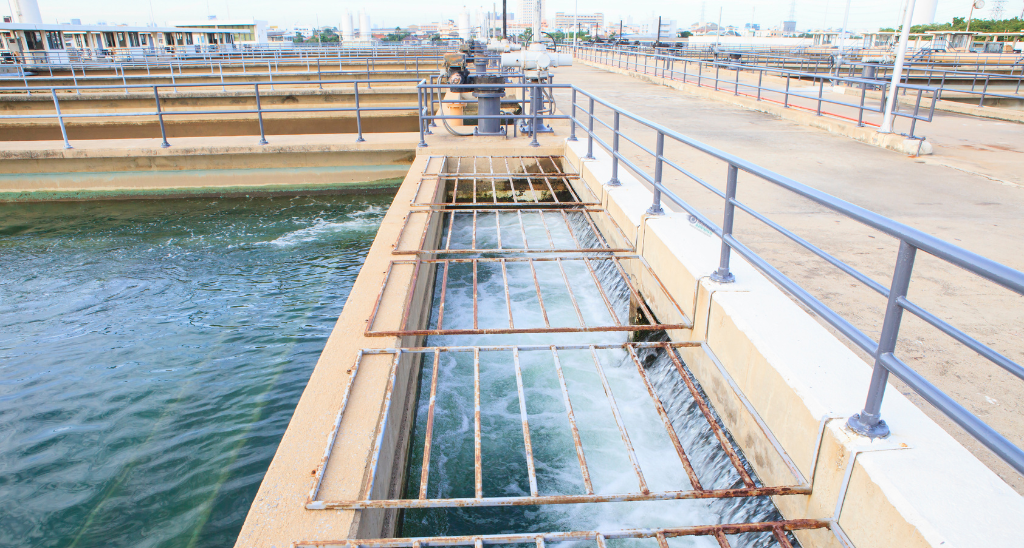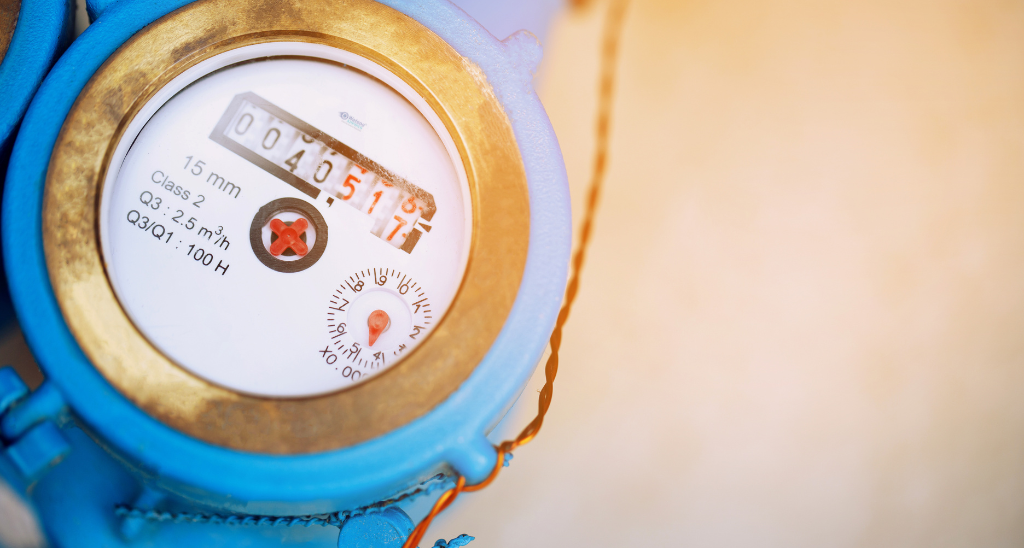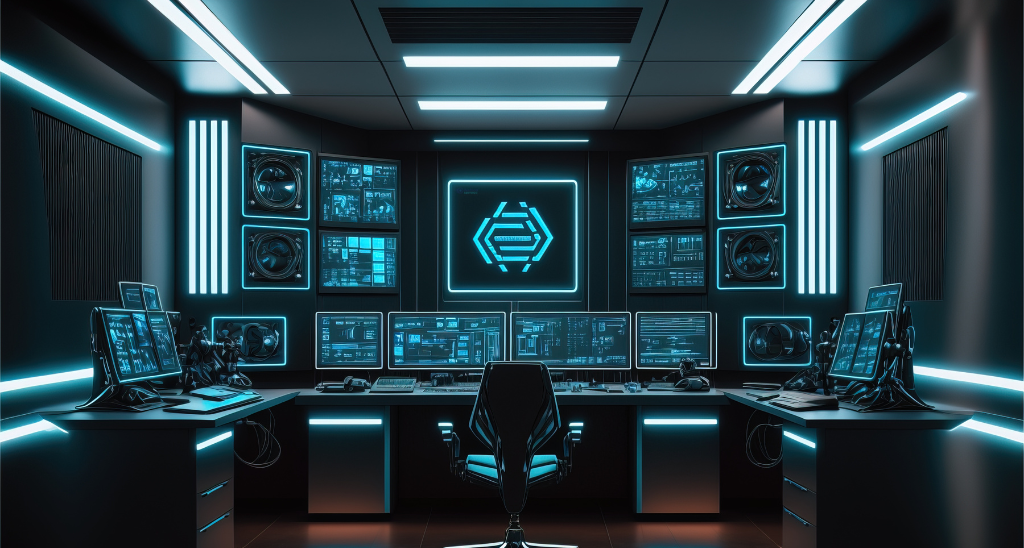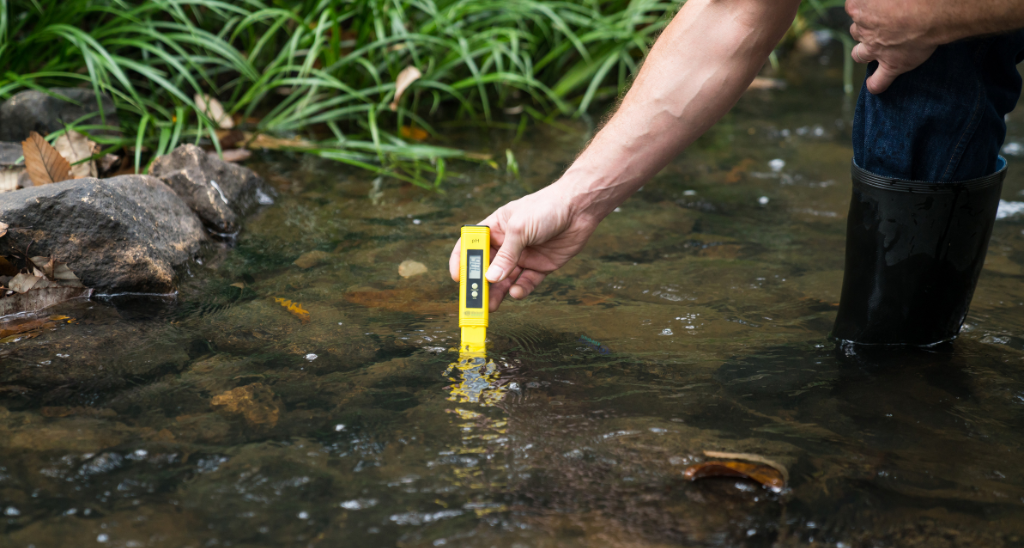An End-to-End IoT solution ensures improved intelligent water management through IoT water sensors and prevents any leakage or other malfunctions.
Schedule Demo
Efficient water management becomes an imminent need. The key lies in investing in cutting-edge innovations. Specifically, by incorporating the Internet of Things (IoT), the water supply becomes more resilient. The IoT is defined as the set of technologies applied to the interconnection of objects with each other, also commonly known for its machine-to-machine (M2M) communication, which allows devices to interact without the need for human intervention.
In its application to the water industry, the IoT helps us control and automate this resource's consumption in real time to achieve better energy efficiency.
Manage flow between multiple distribution lines with smart IoT water flow meters. Save energy by knowing how much water flow is needed for a given distribution line. You can even prevent the loss of water caused by inaccurate meters, recover lost revenue, and bill more accurately.


What cannot be monitored cannot be corrected and a smart meter network that collects granular data in real-time across the water supply could help identify leaks, uncover hidden patterns in water consumption, use analytics predictive systems to regulate demand and supply, and configure alarms to notify anomalies.
Overflowing tanks cause significant water losses. Simple IoT devices or sensors can detect high water levels and help fill tanks when needed instead of filling preset schedules, thus avoiding empty or overflow tanks. These sensors send signals to the water pump depending on the "full" or "empty" status of the tanks, based on which the pumps would automatically cycle on and off, eliminating both manual intervention and the need for pre-programmed settings.


Contaminated water is perhaps worse than inadequate water supplies. The three essential parameters for water quality, namely pH, temperature, and turbidity can be easily measured using pH sensors, temperature sensors, and turbidity sensors placed throughout the water supply network. Allowing you to access this information in real-time and acting immediately on damage control.
Discover Key Trends and Innovations in the IoT industry